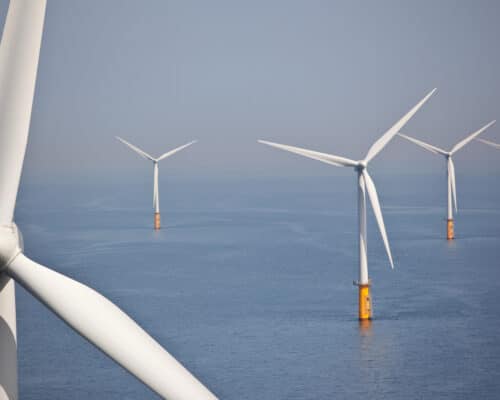Why Asia’s Transition to Sustainable Energy is Critical
08 November 2021 – by Viktor Tachev
Asia’s transition to sustainable energy is crucial. Today, Asia is home to around 60% of the global population and is home to the majority of the top ten largest CO2 emitters. With climate change’s impacts beginning to rear their heads, Asia’s progress toward sustainable energy affects all of us. But so far, Asia hasn’t been an exemplary example. However, over the next decade, plenty of developments and strides are expected. They should pay more attention on energy supply, energy efficiency, sustainable energy sources, and renewable energy sources. The stakes a high, and the stage set, now Asia is in the spotlight.
Sustainable Energy Sources and Renewable Energy Sources
Biomatter and crops are the examples of renewable energy sources. Renewable energy sources are those sources which the earth can replenish naturally. On the other side, sustainable energy sources such as sunlight (solar power) and wind power, don’t need to be replenished. Sustainable energy sources and renewable energy sources, both are good for the climate and energy efficiency.
Why a Transition to Sustainable Energy is Key for Asia
Climate Risk
The latest Inter-Governmental Panel on Climate Change’s sixth assessment report showed that no region would be left unaffected. For instance, models warn that by 2050 between 600 million and one billion people could be struck by heat waves.
Asia is at the epicentre of climate changes impacts and is now considered the most disaster-prone region globally. Heatwaves, floods, drought, irregular rainfall, and landslides are some of the expected effects across the continent.
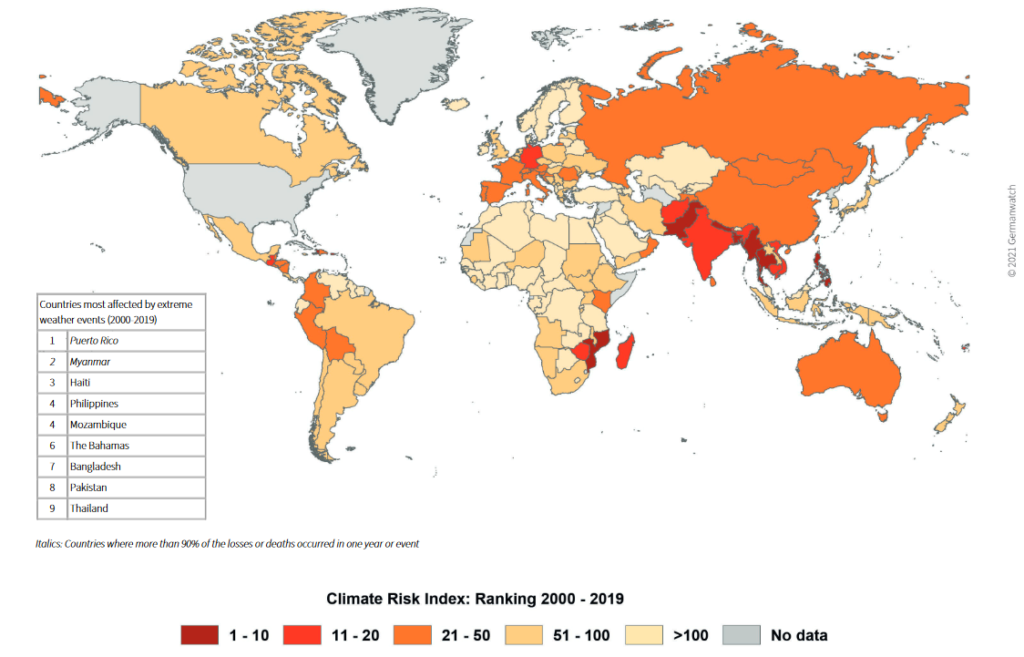
Asian countries need to work more on sustainable energy sources and renewable energy sources, also they should reduce greenhouse gas emissions. These greenhouse gas emissions make the planet earth warmer. Not surprisingly fossil fuels are the biggest source of these greenhouse gas emissions.
Climate changes impacts will hugely affect Asia’s economy. According to McKinsey, a global consulting firm, up to USD 4.7 trillion is at risk annually. The risk exacerbates existing concerns on inequality and the erosion of positive developments made over the past decades.
Economic Benefits
There are huge economic benefits to reap as well. The International Renewable Energy Agency’s projections suggest that sustainable energy can create 42 million jobs by 2050. What’s more, Asia stands to take the lion’s share of this job growth, with over 60% of employment generated in the region.
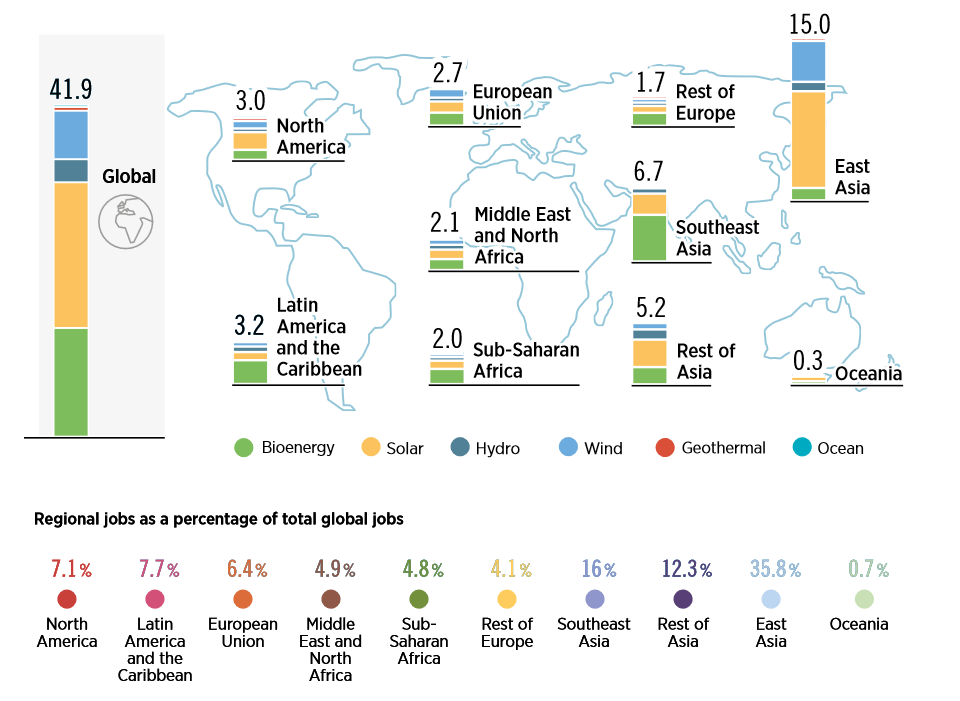
As a whole, this growth, according to IRENA, will drive up Asia’s GDP by 2.5-3% from indirect and induced effects, trade and investments. What’s more is that the payback for accelerating sustainable energy measures are much larger than their associated costs, with the latter continuously falling.
Energy Independence and Energy Efficiency
Sustainable energy also means energy independence. Currently, large swaths of Asia remain dependent on fossil fuel-based energy imports. In Southeast Asia, the region is already facing a risk of becoming a net importer of fuels like coal, oil and gas. This puts the region at risk of facing an annual energy trade deficit of over USD 300 billion by 2040 due to dependency on oil imports. It’s also a great risk for energy supply and energy security.
Countries are already feeling the crunch of energy security concerns that are reliant on imports. For instance, Bangladesh is experiencing both high coal and natural gas import costs, with the latter resulting in import cancellations because of price volatility of natural gas. A great concern of energy security for them.
Across Asia, supply, price and demand volatility of natural gas is seemingly not disappearing either. The massive swings in natural gas prices worldwide from April 2020 to January 2021 jeopardised USD 50 billion worth of natural gas projects from Pakistan to Vietnam.
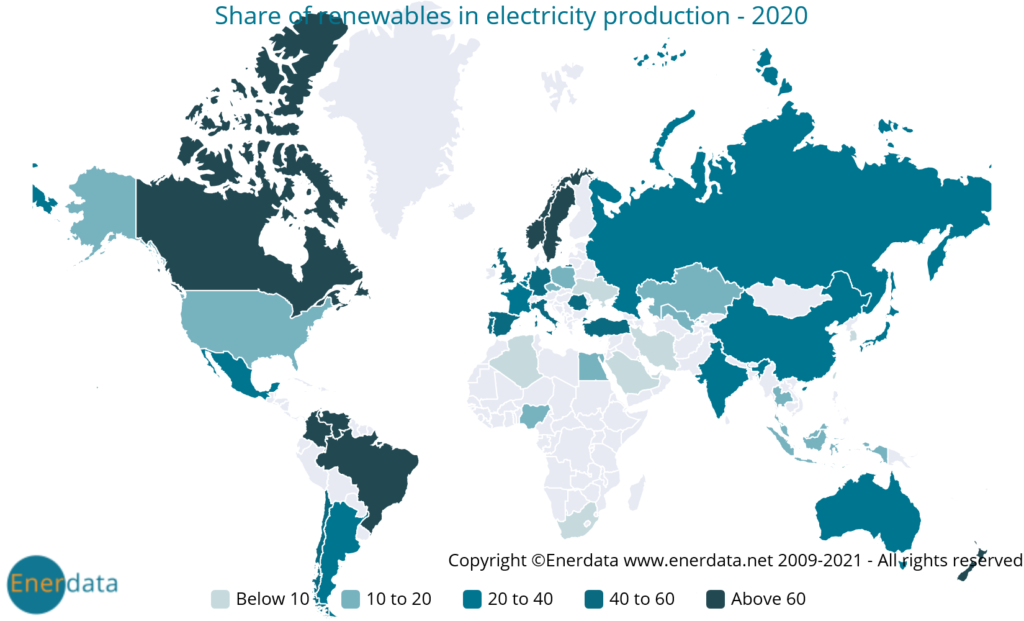
Progress on Sustainable Energy and Renewable Energy So Far
There are signs of a sustainable energy revolution in Asia, however. Compared to a decade ago, renewable energy across Asia has grown by 6%. In energy terms, the capacity for renewables across Asia reached 1,023 GW, up from 349 GW in 2009.
The explosion in renewable energy capacity across Asia is driven mainly by China, who is quickly becoming a renewable energy leader. To date, China has also invested USD 134 billion into renewables, up from USD 48 billion ten years ago.
Like China, other countries in Asia are plunging into renewables and making them central to their energy plans. They should take more steps to lower the energy waste by employing energy efficiency measures. To reduce greenhouse gas emissions, energy efficiency is the key. From India to Japan to Vietnam, countries across Asia are pursuing decarbonisation goals. However, in the case of Vietnam, recent developments in their energy policy are turning back towards fossil fuels, risking a tarnishing of its image as a renewable leader. As a whole, however, Southeast Asia is aiming for a renewable energy target of 23% by 2025.
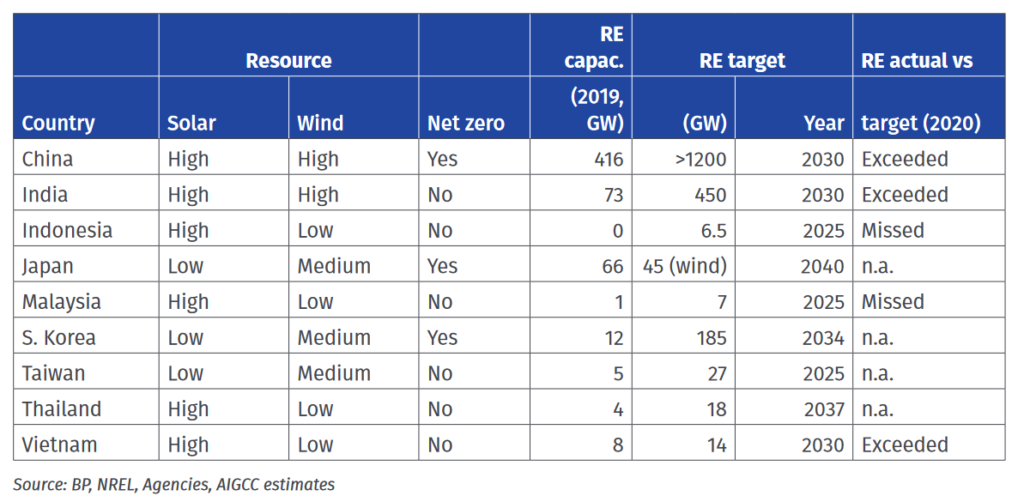
Asia’s Transition to Sustainable Energy and Renewable Energy Needs to Pick Up Pace
Progress aside, the speed of the sustainable energy transition is not up to speed. Much of the momentum in line with the UN’s Sustainable Development Goals and the Paris Agreement is insufficient. In fact, some Asian countries still lack carbon reduction strategies and are still reliant on fossil fuels like coal.
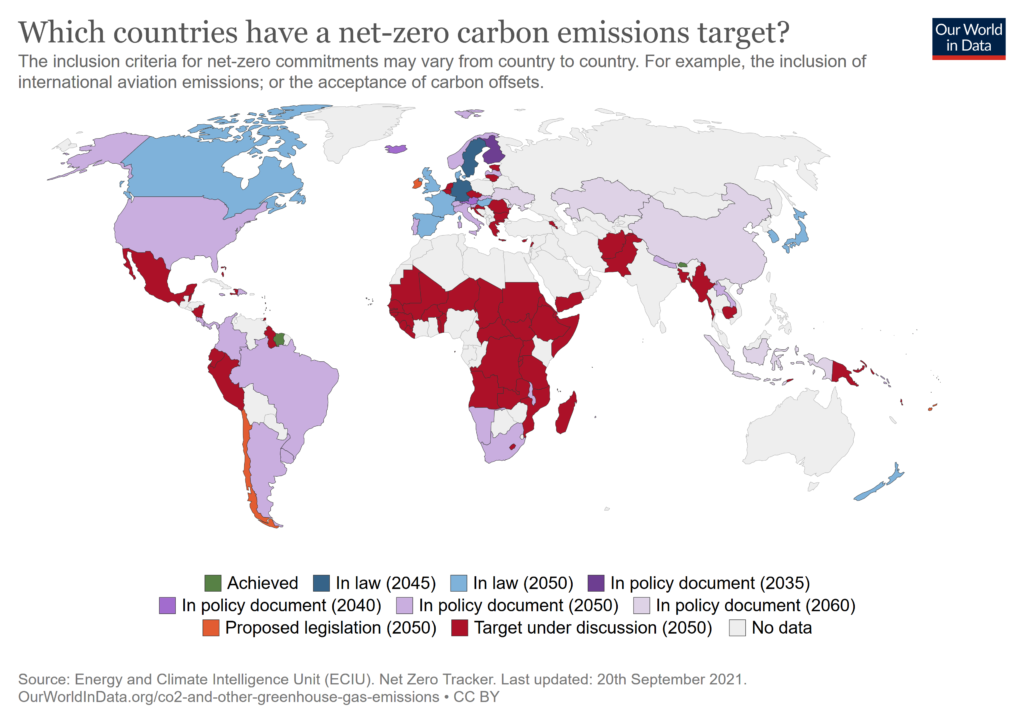
The pace of transition does have the potential to speed up. Policymakers must institute long-term energy planning strategies with actionable targets and regulations that promote a sustainable future while holding themselves and others accountable.
In particular, financing and partnerships and their importance need emphasis. Good places to start are in green recovery initiatives and public financing. For example, between 2009-2020, the Asian Development Bank’s energy policy guided USD 42.5 billion energy sector support in developing member countries.
With energy demand in Asia set to skyrocket, sustainable energy strategies for energy sector are now more important than ever. Asia finds itself in an awkward position of not scaling sustainable energy solutions fast enough, yet with immense potential to steer the globe’s sustainable energy future. However, action is needed at scale, as the gap between rhetoric and action is vast. Climate change’s urgency demands an all hands on deck approach – today.
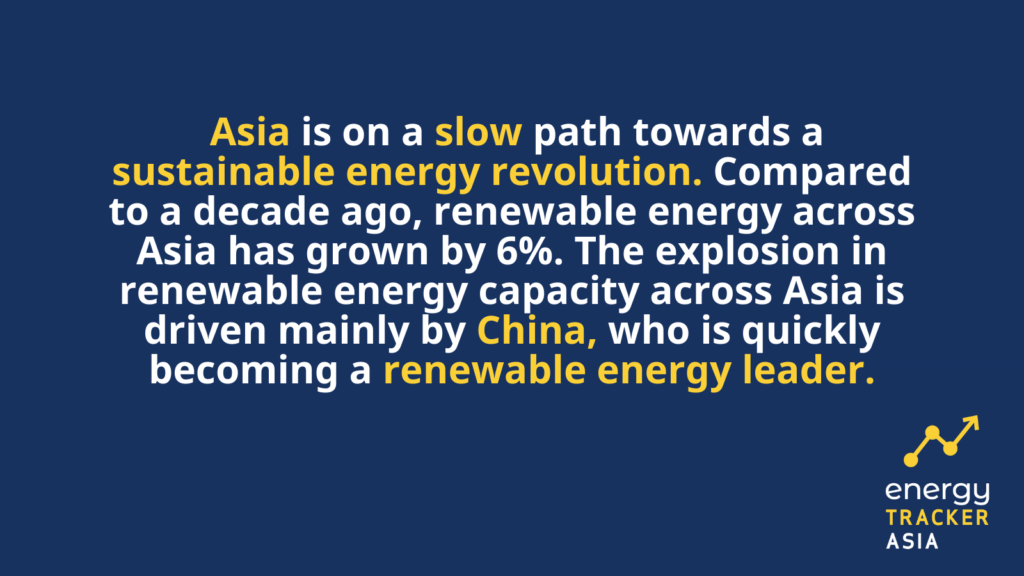
by Viktor Tachev
Viktor has years of experience in financial markets and energy finance, working as a marketing consultant and content creator for leading institutions, NGOs, and tech startups. He is a regular contributor to knowledge hubs and magazines, tackling the latest trends in sustainability and green energy.
Read more
